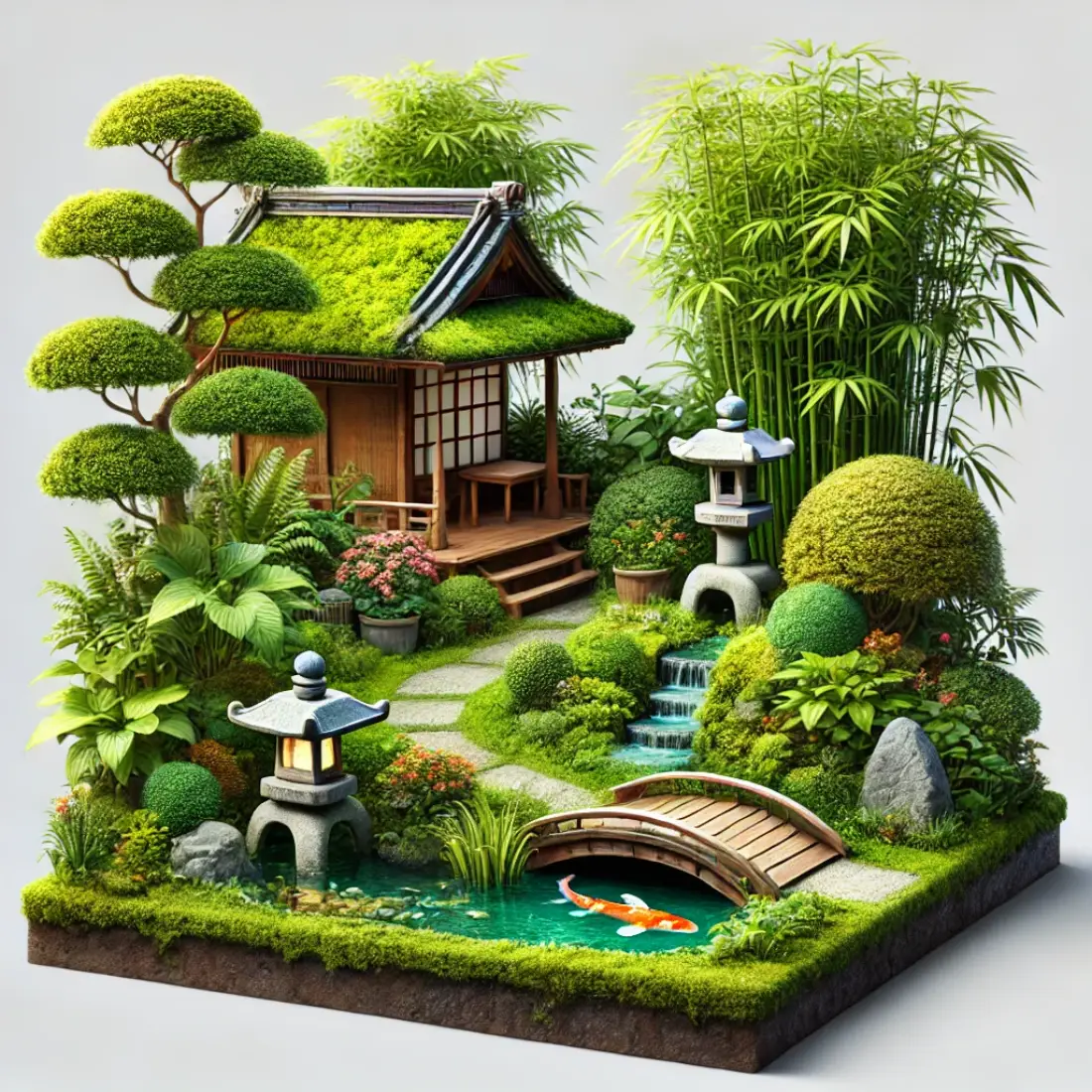Therapeutic gardening is more than just a hobby, it’s a powerful tool for enhancing mental and physical well-being. By engaging in gardening activities, individuals can experience reduced stress, improved mood, and a sense of accomplishment.
This practice, rooted in history, has been used for centuries to promote healing and relaxation. Whether through planting, watering, or simply spending time in a garden, therapeutic gardening offers a natural way to connect with the earth and foster inner peace.
Difference Between Therapeutic and Regular Gardening
While both therapeutic and regular gardening involve cultivating plants, the primary difference lies in the intent and approach. Regular gardening is often pursued as a hobby or for practical reasons, such as growing vegetables or enhancing a home’s landscape. It’s typically done for personal enjoyment, relaxation, or to create an aesthetically pleasing environment.
Therapeutic gardening, on the other hand, is a deliberate practice designed to promote healing, mental well-being, and physical rehabilitation. It is often used as a form of therapy, guided by specific goals such as reducing stress, improving mobility, or enhancing sensory stimulation.
Unlike regular gardening, therapeutic gardening focuses on the therapeutic process rather than the end result. It’s structured to address specific emotional, cognitive, or physical needs, often under the guidance of a therapist or healthcare professional.
The environment in therapeutic gardening is also carefully designed to be accessible and calming, with features that encourage mindfulness and sensory engagement. Plants are chosen not just for their beauty but for their therapeutic properties, such as their scent, texture, or ease of care.
Additionally, therapeutic gardening often includes tailored activities like mindfulness exercises, sensory gardening, and group sessions, which are not typically emphasized in regular gardening.
Setting Up a Therapeutic Garden
Creating a therapeutic garden is about designing a space that promotes healing, relaxation, and a connection with nature. The first step is choosing the right plants.
Opt for varieties that are easy to care for and stimulate the senses, such as lavender for its soothing scent, or colorful flowers like marigolds and sunflowers to brighten the space. Herbs like rosemary and mint are also excellent choices, offering both sensory stimulation and culinary uses.
Designing the garden for accessibility is crucial, especially for those with mobility challenges. Raised beds and wide pathways can make gardening easier for individuals who use wheelchairs or have limited movement. Incorporating seating areas allows gardeners to take breaks and enjoy the space without straining themselves.
Water features, bird feeders, and wind chimes can be added to create a multi-sensory environment that enhances the therapeutic experience.
Consider the garden’s layout to ensure it’s a place of calm and reflection. Arrange plants to create a natural flow, with winding paths that encourage exploration and contemplation. Adding personal touches, such as favorite plants or meaningful decorations, can make the space even more inviting and comforting.
Finally, ensure the garden is low-maintenance to avoid creating stress. Automatic watering systems, mulch to reduce weeds, and easy-to-care-for plants can help keep the garden manageable, allowing the focus to remain on the therapeutic benefits rather than the upkeep.
Techniques and Activities
Engaging in therapeutic gardening goes beyond simply planting and tending to a garden; it’s about incorporating mindful practices and specific activities that enhance the therapeutic experience.
One effective technique is mindfulness in gardening. This involves being fully present during gardening tasks, paying close attention to the sensations, sounds, and smells in the garden. Focusing on the feel of the soil, the scent of the flowers, and the sounds of nature helps reduce stress and brings a sense of calm. It’s a form of active meditation that connects the mind and body to the present moment.
Another powerful activity is seasonal gardening. This practice allows individuals to connect with the natural cycles of the earth. For example, in spring, planting seeds symbolizes new beginnings, while in autumn, harvesting crops can represent a time of reflection and gratitude. Engaging with these natural rhythms can promote a deeper connection to the environment and a sense of inner peace.
Sensory gardening is also a key component of therapeutic gardening. This involves focusing on plants and elements that stimulate the senses, such as aromatic herbs, colorful flowers, and textured leaves. Sensory gardens can be particularly beneficial for individuals with sensory processing disorders, dementia, or autism, offering a safe and stimulating environment.
Additionally, creative gardening activities like building a fairy garden, arranging flowers, or painting garden stones can be both therapeutic and fun. These activities encourage self-expression, boost creativity, and provide a sense of accomplishment.
Lastly, group gardening sessions can foster social connections and improve communication skills. Working together in a garden creates a sense of community and shared purpose, which is vital for mental well-being.
Incorporating these techniques and activities into a therapeutic garden can maximize its healing potential, making it a sanctuary for both body and mind.
FAQs About Therapeutic Gardening
What is therapeutic gardening?
Therapeutic gardening is the intentional use of gardening activities to promote physical, mental, and emotional well-being. It’s often used in therapeutic settings to reduce stress, enhance mobility, and improve mood.
How does therapeutic gardening benefit mental health?
It reduces stress, anxiety, and depression by promoting mindfulness, providing a sense of accomplishment, and connecting individuals with nature, which has a calming effect on the mind.
Can anyone participate in therapeutic gardening?
Yes, therapeutic gardening is accessible to people of all ages and abilities. Gardens can be adapted with raised beds, wide paths, and accessible tools to accommodate various physical needs.
What are the best plants for a therapeutic garden?
Some of the best plants include lavender for its calming scent, sunflowers for visual stimulation, and mint for its refreshing aroma. Plants that engage the senses and are easy to care for are ideal.
How do I start a therapeutic garden at home?
Begin by selecting a quiet, accessible location. Choose plants that are easy to care for and stimulate the senses. Design the space to be calming, with features like seating areas and water elements.
Is therapeutic gardening effective for people with disabilities?
Yes, therapeutic gardening is highly beneficial for people with disabilities. It can improve mobility, enhance sensory experiences, and provide a sense of purpose and achievement.
How much time should I spend in a therapeutic garden to see benefits?
Even just 20-30 minutes a day can yield significant benefits, but the more time spent engaging with the garden, the greater the potential for mental and physical improvements.
What tools and equipment are needed for therapeutic gardening?
Basic gardening tools like trowels, gloves, and watering cans are needed. Adaptive tools, like long-handled tools or lightweight equipment, can help those with physical limitations.
Can therapeutic gardening help with PTSD?
Yes, therapeutic gardening can be beneficial for individuals with PTSD. It offers a calming, grounding activity that helps reduce anxiety, improve mood, and create a sense of safety and routine.
Do I need a large space to create a therapeutic garden?
No, therapeutic gardens can be created in small spaces, such as balconies, patios, or even indoors with container gardening. The key is to design the space thoughtfully to maximize its therapeutic potential.










